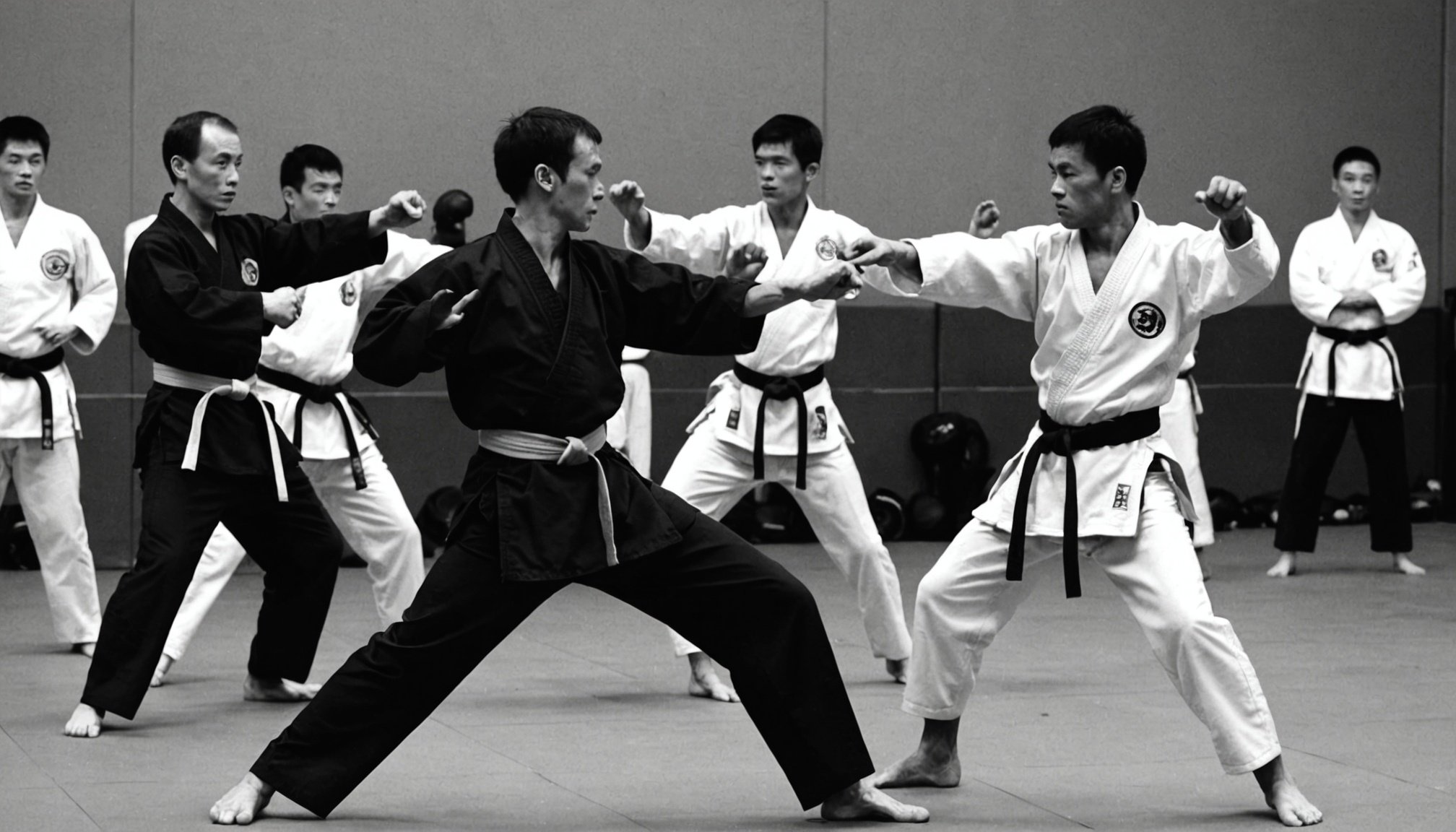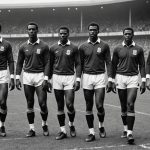Evolution of UK Combat Sports: From Early Traditions to Modern Disciplines
The history of UK combat sports is rich, tracing back to rudimentary fighting practices embedded within British culture. Early British communities often engaged in unarmed brawling and grappling, which served both as entertainment and as a way to resolve disputes. These practices laid the foundation for what later evolved into more structured pugilism and wrestling forms.
The evolution of British boxing began in the 18th century with bare-knuckle fighting, which was often informal and unruly. However, the introduction of the London Prize Ring rules in 1743 marked a significant step in codifying the sport. These regulations formalized rounds and fighting techniques, eventually leading to the modern sport of boxing recognized today. Parallelly, the origins of UK wrestling are similarly deep-rooted, with styles such as Cumberland and Westmorland wrestling becoming popular in the 19th century. Wrestling events were community focal points, showcasing strength and skill.
In parallel : What Are the Factors Contributing to the Popularity of Combat Sports in the UK?
As combat sports grew in popularity, new disciplines emerged. The late 20th century saw the gradual acceptance of MMA in the UK, blending striking and grappling arts. This evolution reflects the broader trend toward diversifying combat sports, integrating tradition with modern athleticism.
Pivotal Changes in Rules, Governance, and Regulation
The landscape of combat sports regulation UK has evolved dramatically, shifting from informal bare-knuckle fights to highly structured contests. The introduction of the Queensberry Rules marked a turning point in boxing rules history, formalizing glove use, round duration, and fouls. This development not only enhanced athlete safety but also increased public confidence in boxing as a legitimate sport.
Have you seen this : What Unique Factors Shape the Triumph of UK Fighters in Combat Sports?
Regulatory bodies like the British Boxing Board of Control (BBBofC) emerged to enforce standards, ensuring fairness and protecting fighters’ health. The BBBofC’s role in licensing and oversight has been crucial in maintaining consistent rules across bouts, reflecting broader governance improvements in combat sports.
The MMA legalisation in the UK further transformed regulation, requiring new rules for this hybrid sport. Sanctioned MMA events now follow codified guidelines covering weight classes, permitted techniques, and medical checks, reflecting a commitment to athlete welfare and sport integrity. Overall, the steady progression from minimal oversight to comprehensive governance highlights how regulation has fundamentally shaped combat sports, reinforcing safety and elevating public acceptance.
Landmark Events and Influential Figures
British boxing history is rich with historic British boxing matches that ignited national pride and global interest. One landmark event was the 1966 fight between Henry Cooper and Muhammad Ali, which galvanized the UK’s boxing scene by showcasing world-class skill on home soil. Another pivotal moment came with the 1991 clash between Nigel Benn and Chris Eubank, marking an era where famous UK fighters became household names through fierce rivalries that captivated millions.
These bouts were more than just contests; they elevated combat sports into a cultural phenomenon in the UK. Athletes like Lennox Lewis, a revered champion, contributed significantly by winning Olympic gold for Great Britain before dominating professional ranks. His career exemplifies the notable crossovers from amateur to professional success that boosted the sport’s profile nationally and internationally.
International championships hosted in the UK, including major world title fights, consistently drew attention, cementing the country as a hub for elite boxing. Such iconic UK combat events inspire new generations as much as they celebrate past legends. They prove the enduring power of British boxing in shaping both sport and culture.
Shifts in Media Portrayal and Public Perception
Media and combat sports UK have experienced a significant transformation. Initially, press and broadcast outlets framed boxing and MMA with a focus on violence, often highlighting brutal fights to attract audiences. However, the rise of digital coverage has allowed for more nuanced storytelling. Platforms now emphasize athletes’ professionalism and personal journeys, helping reshape public opinion boxing UK from mere spectacle to respected athletic discipline.
This shift reflects changing attitudes toward violence and sportsmanship. Audiences increasingly value the skill, strategy, and dedication required in combat sports rather than just bloodshed. Media reports highlight rigorous training, discipline, and fair play, fostering greater appreciation and acceptance.
Combat sports in British culture are no longer sidelined as underground or fringe activities. They have become cultural touchstones, portrayed in film, literature, and media as symbols of resilience and determination. This deeper integration emphasizes the sports’ role in identity and community, influencing how the public connects with the fighters and the sport itself.
As media narratives evolve, they continue shaping perceptions, making combat sports more accessible and respected in the UK’s sporting landscape.
The Lasting Legacy and Contributions to British Society
The legacy of UK combat sports extends far beyond the ring, shaping British identity and community values. Boxing and other combat sports have long been intertwined with Britain’s cultural fabric, promoting qualities like discipline, resilience, and mutual respect. This cultural impact boxing UK has cultivated fosters a sense of unity among diverse communities, making combat sports a powerful tool for social cohesion.
Moreover, the combat sports influence Britain includes significant contributions to youth development programmes. These initiatives provide structured environments where young people learn transferable skills, such as teamwork and goal-setting, while also offering alternatives to negative influences. Combat sports clubs actively promote diversity and inclusion, welcoming individuals from different ethnic, socioeconomic, and gender backgrounds.
Despite these positive contributions, UK combat sports face enduring challenges, including funding pressures and evolving public perceptions. However, their future trajectory appears promising as the sector embraces innovation and broadens its community engagement efforts. Understanding this broader societal role highlights how the legacy of UK combat sports continues to enrich British culture and social development.





